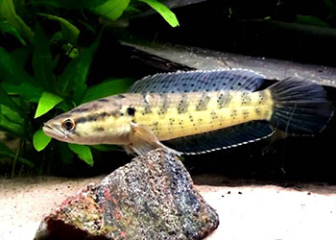Thai snakehead fish - Learn about characteristics and detailed breeding methods
Blog | by
Thai snakehead fish (Channa micropeltes), a ferocious carnivorous fish, has a huge size, with special eye-catching flower spots on its body.
The Thai giant snakehead (Channa micropeltes) is one of the largest and most aggressive snakehead species in the family Channidae, with a distinctive appearance of black and white spotted patterns that resemble flowers. They grow very quickly and are therefore considered a dangerous invasive species in many countries.
If you want to learn more about the origin, appearance and care of Thai snakehead fish, follow the article below of ornamental snakehead fish !
Where does Thai snakehead fish come from?
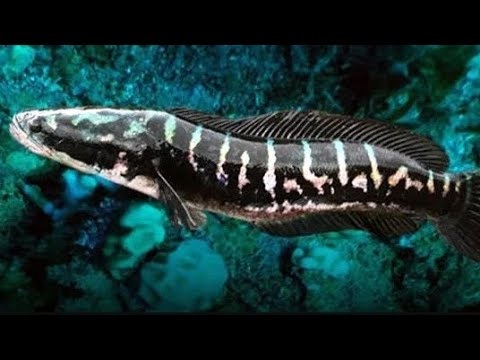
The Thai giant snakehead fish is a giant carnivorous fish.
The Thai giant snakehead fish has the scientific name Channa micropeltes, belonging to the Giant Snakehead family - Giant fish. It is not a native fish of Thailand but actually originates from countries in the Southeast Asian region such as Thailand, Malaysia, Indonesia, Cambodia, Laos and the Western region, the Mekong Delta of Vietnam.
This fish breed is raised and commercialized the most in Thailand, so people named it Thai snakehead fish to distinguish it from native snakehead fish in this country.
Currently, the Thai snakehead fish has been warned as a dangerous invasive fish species and is banned from farming in some states of the United States because it is a carnivorous fish, has a large size and the ability to reproduce very quickly.
In Vietnam, this fish is being raised for meat or as an ornamental fish. However, breeders need to have good awareness and limit risks to avoid this fish from growing out of control, causing harm to the environment!
Characteristics of Thai snakehead fish
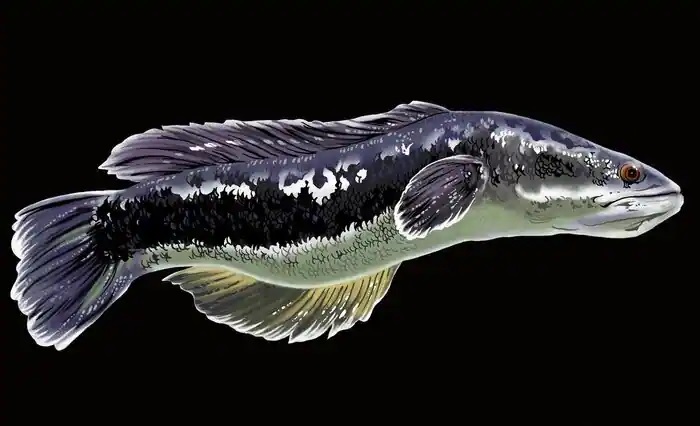
Image of Thai snakehead fish.
The Thai snakehead fish is easily recognizable by its characteristic shape, which is its giant size and unique flower pattern. Let's learn more about their appearance!
- Size : Giant can be from 50 cm - more than 1m long when mature.
- Body : Long, soft, neat and firm, without sharp dorsal fin like some other predatory snakehead breeds.
- Basic color : Body is mainly gray or dark blue, belly is lighter in color, white or pale yellow.
- Flower spot pattern : On the body there are white and light yellow spots that create images like flowers or clouds, very characteristic, evenly distributed throughout the body and fins.
- Head : Relatively large compared to body, wide mouth, sharp teeth, strong jaw muscles.
- Dorsal fin : Long from head to tail.
- Pelvic and anal fins : Long, helping the fish to change direction quickly.
- Caudal fin : Wide, helps fish move flexibly
Behavior of Thai snakehead fish
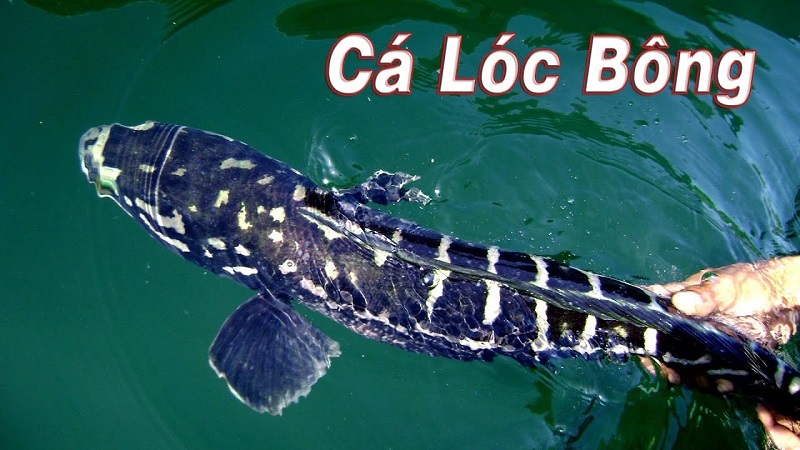
Thai snakehead fish are very aggressive.
The Thai snakehead fish is a very aggressive predatory fish, it is highly territorial and likes to operate independently. Let's take a deeper look at the habits of this fish breed.
Is a carnivorous fish, very aggressive
The Thai snakehead fish is a carnivorous species with a very strong predatory nature, its prey is mainly small fish, crustaceans, worms, and insects. When mature, it is very aggressive and ready to attack other weaker fish species.
Highly territorial, independent operation
Thai snakehead fish are very territorial and will attack any fish that dares to invade their living area. They almost never communicate or get along with other fish and prefer to operate independently on their own.
Very good jumping ability
A special feature of the Thai snakehead fish is that they have the ability to jump very high, much better than other fish species. They can easily jump out of the water just to hunt for prey or move from one area to another.
Adapts well to many different environments
Thai snakehead fish can live in many different environments from ponds, lakes, rivers, streams to swamps or stagnant ponds. However, they prefer to live in places with murky water, lots of trees and areas with thick, smooth mud bottoms.
They can also adapt well to changes in pH and temperature, but do not change too suddenly because it can cause shock.
Reproductive behavior
In the natural environment, Thai snakehead fish usually breed during the rainy season. They will build a solid nest and protect their eggs very carefully. After laying eggs, the female fish will keep and incubate the eggs in her mouth or under her fins until they hatch, the male fish will take on the task of protecting the nest and the hatched fish.
How to care for and raise Thai snakehead fish
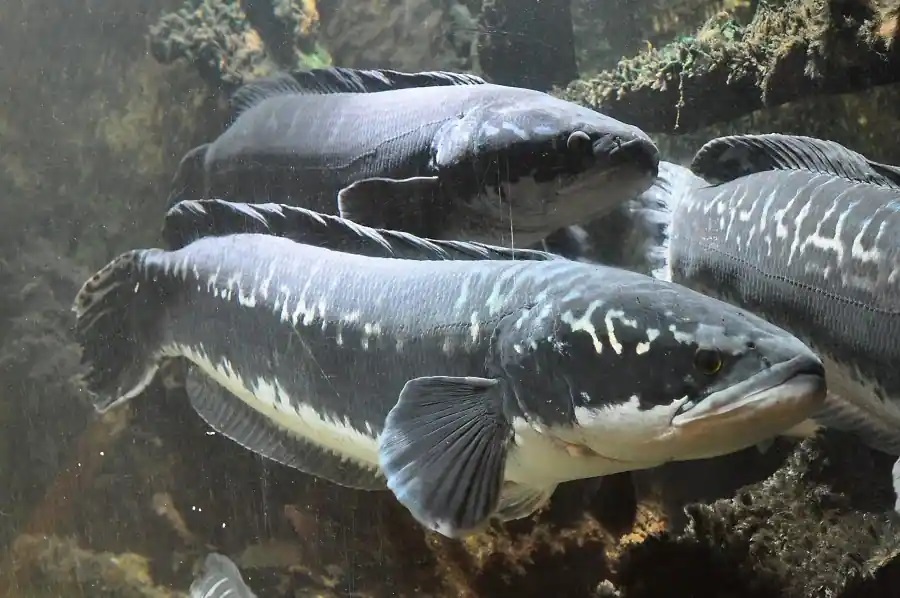
Thai snakehead fish is a carnivorous fish.
The Thai snakehead fish is a hardy, adaptable fish. However, due to its extremely aggressive temperament and good jumping ability, when caring for and raising this fish, you need to pay attention to some important points as follows.
Design suitable aquarium
When designing a tank to raise Thai snakehead fish, you need to pay attention to the following issues:
- Tank size : Volume from 300L or more, minimum length from 1.2 - 1.5 m because this fish species is very large, when mature it can be more than 1 meter.
- Tank material : Can be made of glass or plastic, however attention should be paid to its ability to withstand force and resist scratches.
- Closed tank : The tank must have a tight lid because this fish likes to jump out of the water.
- Tank decoration : The bottom of the tank should have a thick layer of sand and mud. Fish like murky water and lots of aquatic plants, so you need to plant many types of plants such as seaweed, grass and add wooden branches for them to hide in.
- Filtration system : Strong filtration is required as they produce large amounts of waste, supplemented with mechanical and biological filtration.
- Light : Use low LED lights or even natural light as they prefer to live in dim light conditions.
- Swimming space : Need a spacious space, should not decorate too much to avoid taking up pool space.
Water parameters suitable for Thai snakehead fish
To help Thai snakehead fish grow healthily, you need to pay attention to the parameters and water quality in the tank. Some ideal indicators are as follows:
- Temperature : Maintain stable at 24 - 30 degrees Celsius.
- pH : 6.5 - 7.5, neutral to slightly acidic environment.
- Hardness : 5 - 15 dGH.
- Alkalinity : 3 - 10 dKH.
- Dissolved Oxygen : Adequate oxygen, good filtration system to keep fish healthy.
- Change water regularly : Change 20 - 30% of the water in the tank every week to keep the water quality clean.
What do Thai snakehead fish eat?
Being a carnivorous fish, Thai snakehead fish prefers to eat live food of animal origin, such as:
- Small fish like guppies, small bait fish,...
- Fresh or frozen shrimp.
- Worms, insects such as crickets, frogs,...
- Minced animal meat such as chicken, beef, processed fish.
- Pellet food specifically for carnivorous fish.
Note :
- Should feed mainly fresh food, pellets are only supplementary.
- Feed 2-3 times/week and do not feed too much at once.
- Provide a variety of food sources.
How to release Thai snakehead fish when you first buy it
Just like other ornamental fish, when you first buy Thai snakehead fish, you should not immediately release them into the tank, but need time to adapt to help them not get shocked. Please follow the instructions below.
- Step 1 : Check the aquarium and water parameters, filter system, and tank lid to see if they meet the requirements.
- Step 2 : Drop the fish bag into the tank, let it float on the water surface for 15 - 20 minutes to help synchronize the temperature between the tank and the fish bag.
- Step 3 : Open the fish bag, slowly add water from the tank into the bag, every 5 - 10 minutes add 20 - 30% water, repeat for about 30 minutes.
- Step 4 : Use a net to gently release the fish into the tank.
- Step 5 : After releasing the fish, you need to observe whether the fish show signs of stress or shock such as swimming around or not eating so that you can handle it promptly. And you should only feed the fish after 2-3 days to help them stabilize.
Common diseases in Thai snakehead fish and how to treat them
Thai snakehead fish are susceptible to a number of diseases due to water sources, parasites, shock, stress, etc. Let's learn in detail about some common diseases to know how to treat them early.
| Disease name | Reason | Symptom | Treatment |
| fin rot | Due to bacteria, polluted water, lack of oxygen, | Fins become necrotic, pus-filled, and gradually rot. | Isolate sick fish, change water, use antibiotics such as Copper Sulfate or Malachite Green |
| White spot | Parasites, due to sudden environmental changes, unstable pH | White spots appear on fins and scales, fish like to rub against rocks and plants in the tank. | Use white spot medicine, increase water temperature to 30 degrees Celsius for about 1 week to kill parasites. |
| Dermatitis | Bacteria or parasites, polluted environment. | Skin ulcers, inflammation, pus. | Use antibiotics like Tetracycline or Amoxicilli, change water, ensure water quality. |
How much is Thai snakehead fish?
Currently, in the Vietnamese ornamental fish market, Thai snakehead fish have many different prices, depending on size, origin, and appearance. If you want to buy one of these fish, please refer to the price list below.
| Size, features | Price (reference) |
| Thai snakehead fish under 5 cm | 30,000 - 50,000 VND |
| Snakehead fish cut into 15 cm pieces | 50,000 - 100,000 VND |
| Adult fish from 10 - 20 cm | 100,000 - 250,000 VND |
| Fish over 20 cm | 250,000 - 500,000 VND |
| Thai snakehead fish has beautiful and special colors. | 500,000 - 1,000,000 VND |
Beautiful Thai snakehead fish pictures
Let's explore more of the unique beauty of Thai snakehead fish through some impressive images that we have compiled below.
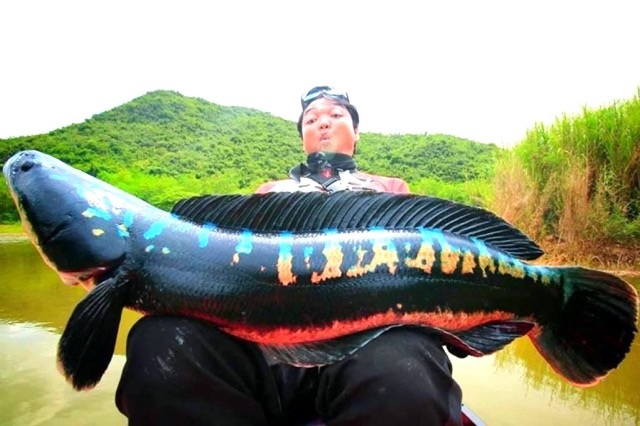
Image of giant Thai snakehead fish.

Image of giant max size Thai snakehead fish.

Image of baby Thai snakehead fish.
The article on snakehead.info has shared full information about Thai snakehead fish . This is a beautiful ornamental fish, large in size and aggressive in temperament, resilient in vitality and good adaptability. If you want to own a strong ornamental fish with beautiful and giant colors, Channa micropeltes will be a great choice.
If you want to find more information about other beautiful ornamental snakehead fish, please read the next articles in our Blog section right away!
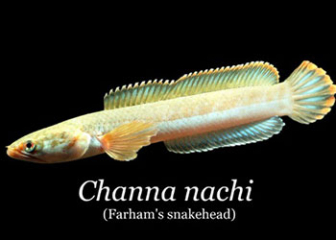
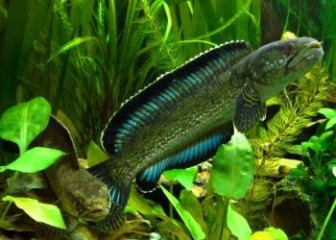

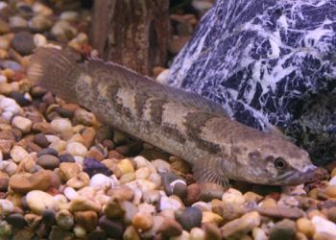
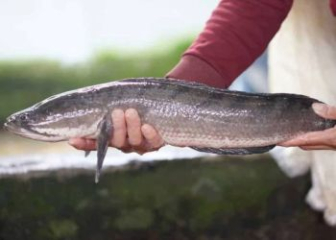
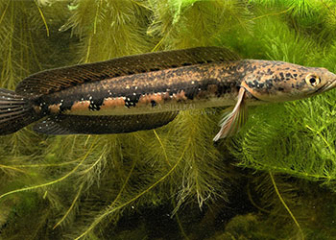

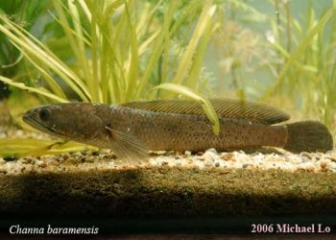

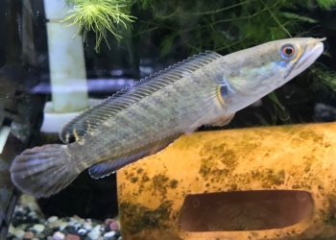
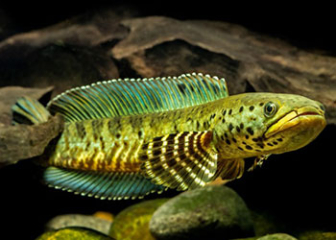
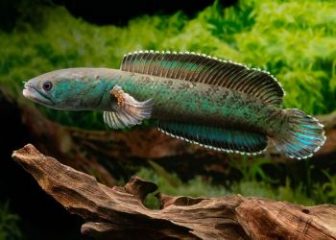

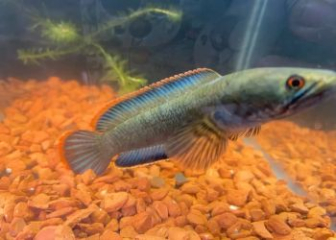

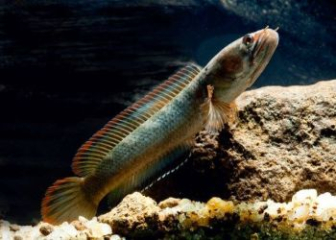
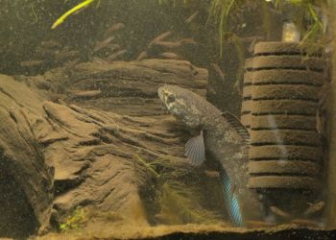
_350x250.jpg)

